Great Mid-Century Designers 101--Canadian Edition, Part Three
 Our series on great Canadian mid-century designers concludes with this post, where we’ll talk about a few well-known designers and manufacturers and highlight some iconic pieces by Canadian designers. (To read the complete series, follow these links to Part One and Part Two.)
Our series on great Canadian mid-century designers concludes with this post, where we’ll talk about a few well-known designers and manufacturers and highlight some iconic pieces by Canadian designers. (To read the complete series, follow these links to Part One and Part Two.)
Russell Spanner
Russell Spanner was born in Toronto in 1916. He studied architectural drafting at Northern Vocational High School and in 1941 joined the family firm, Spanner Products Ltd. Originally a manufacturer of wooden battery boxes and separators, the company shifted gears when demand for its products declined. Spanner Products began designing other wood items, including the “breakfast suite” shown below.
Image from City of Toronto Archives.
Russell Spanner wanted to modernize his company’s offerings but his father was not interested in any kind of change. When the senior Spanner retired, Russell took over and completely transformed the company’s furniture. The first line he created was called Ruspan Originals. Its centrepiece was his most famous design, the Ruspan lounge chair:
Image from City of Toronto Archives.
The lounge chair and the entire Originals line were a complete departure for the company. Unlike the daintier breakfast suite, Ruspan Originals were solid and very sturdy, a fact Spanner--a former amateur wrestler--demonstrated by standing on the furniture in ads produced by the company. In a web exhibit about Spanner, the City of Toronto archives called the Ruspan Originals line simple, stripped-down, and futuristic. The line would eventually comprise 28 modular pieces that could be combined in multiple ways, as seen in this 1952 brochure:
Image from City of Toronto Archives.
The line’s modular nature was described in an exhibit introduction by Robert Fones:
The basic module of the Originals line was a box, measuring sixteen inches high, eighteen inches wide, and sixteen inches deep. Doubled in width, it became a two-door or two-drawer buffet; halved in depth, it became an open bookcase. In the Originals line, the combination of units was accomplished by means of an ingenious system of concealed metal brackets as well as quarter-inch-thick cork discs on the underside of each box to allow stacking.
Spanner refined his Originals designs to create the Catalina and Pasadena lines which “combined the sharp geometry of tapered legs and bevelled wood edges with the organic look of natural surfaces” including cork, seen in the top of the Pasadena buffet below:
Image from City of Toronto Archives.
In 1961 Spanner left the family firm to work as a plant manager at Ontario Store Fixtures. After experiencing financial difficulties, the Spanner company was dissolved in 1963. (City of Toronto Archives).
Imperial Furniture and Jan Kuypers
Imperial Furniture began in 1905 as the Imperial Rattan Company, a producer of rattan furniture for indoor and outdoor spaces. In 1941 the company launched a line of furniture designed by famous Finnish architect Eliel Saarinen and described as “modern with a purpose.” Made of “good Canadian birch,” the line was designed with mass production in mind. The pieces were also completely interchangeable so homeowners could mix and match but still have a cohesive look throughout their home. (Wright, p. 74) By 1949 the company had changed its name to Imperial Furniture Manufacturing Company. Two years later, it hired Dutch-born designer Jan Kuypers as an in-house designer and assigned him the task of designing contemporary furniture. (Hodges)
Kuypers’ designs gave Imperial the opportunity to enter and compete successfully in the growing market for Scandinavian-inspired furniture. His designs “introduced a precise, efficient minimalism previously absent from Canadian furniture.” (Wright, p. 142). His buffet is one example:
Image from Canadian Design Resource.
His Nipigon Chair has the exaggerated angles and curves typical of the period. It won an National Industrial Design Committee (NIDC) award in 1957:
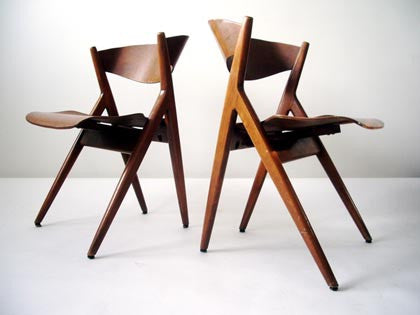
Image from Canadian Design Resource.
VHB has had a number of Kuypers designs in its collection, including these African teak dining chairs and teak sofa:
Image from VHB.
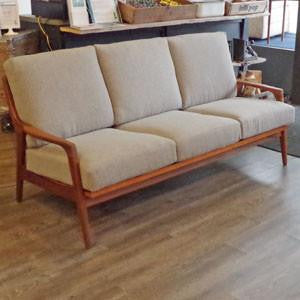

Images from VHB archives. Sofa is sold and no longer available.
With Kuypers heading up design, Imperial Furniture won four NIDC Awards. Kuypers left the company in 1955 to study industrial design, then started a business designing office furniture in Toronto.
Leif Jacobsen
Leif Jacobsen was born in Denmark but his family came to Canada when he was still an infant. In 1952 he opened an eponymous custom millwork firm. The company was subcontracted to complete work for American firms Knoll International and Herman Miller, but soon moved into designing its own furnishings under the direction of Danish-trained cabinetmaker Svend Neilsen. Leif Jacobsen made furnishings for major retailers of the day, including Walter Nugent Designs, Nienkämper, and Metalsmiths. They were also known for their high-end custom office furnishings: a suite could cost upwards of $20,000 in the 1960s. (Gotlieb & Golden, p. 243)
The firm’s luxurious rosewood credenza shows why prices were so high. The workmanship is impeccable and the style timeless:
Image from 1stdibs.
A sofa and chair set also showed a very modern twist, with contrasting but complementary shades of bright green and yellow. The set would not look out of place in a home today.

Image from 1stdibs.
In the early 1960s, Jacobsen’s company was also marginally involved in the controversy surrounding the furniture contract for Toronto’s new City Hall. As Gotlieb and Golden write, the bidding process for the furniture was “both a blow to and rallying cry for Canadian modernist designers.” (p. 11)
In the end, Knoll International won the contract over three Canadian bids, yet it was Canadians who produced most of the furniture. According to Gotlieb and Golden, Canadians were seen as good enough to manufacture the furniture but not good enough to design it. The mayor’s desk was something of an exception. Knoll Canada’s head designer John Quigg was, in fact Canadian-born, although perhaps not as recognizable as independent Canadian designers like Robin Bush, Stefan Siwinski, and Walter Nugent (all of whom had designs in the various losing bids). Quigg designed a desk for Toronto’s mayor that Leif Jacobsen would manufacture from cast concrete and teak:
Image from BlogTO.
Svend Neilsen left Leif Jacobsen in 1979 to launch his own company. Leif Jacobsen was then sold to Global Group.
R.S. Associates, R Huber, and Punch Designs
Very little written has been written about these Montréal-based companies, perhaps because they focused on lower cost reproductions of Scandinavian style rather than the made-in-Denmark pieces seen at high-end retailers like Georg Jensen and Shelagh’s of Canada. But these companies produced extremely well-made furniture that has stood the test of time. They capitalized on the trends of the day, creating furniture with a clean, modern look. VHB has had several pieces by each of the companies in our collection. We’ve included a few examples below.
This eye-catching martini bar by R.S. Associates sold almost as soon as it came into the store:
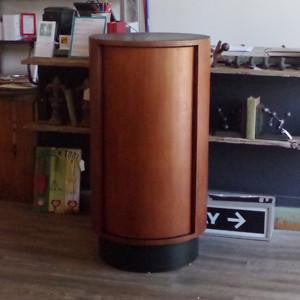

Images from VHB. This piece has sold.
This R. Huber scoop sofa has both a colour and shape typical of the mid-century period:
Image from VHB. This item recently sold.
We have had several side tables and sideboards by Punch Designs, including this teak and oak sideboard:
Image from VHB.
The furniture produced by these three Montréal companies remains popular and collectible today because it so perfectly captured the Scandinavian modern aesthetic while bearing a made-in-Canada label.
Last But Not Least...A Few Iconic Canadian Designs
Some Canadian designers were prolific creators whose name recognition comes more from a single, iconic piece than their complete body of work. Jacques Guillon is among them. The company he founded in Montréal worked in commercial office planning and interiors and still exists today as GSM Design. Yet it was the cord chair he designed while a student in the early 1950s that brought Guillon his greatest acclaim:
Image from 1stdibs.
Fittingly, the chair was produced by a company that manufactured tennis racquets. (Wright, p. 148) In an article on the Canadian Design Resource website, Rachel Gotlieb placed the Guillon cord chair in second place on her list of top ten Canadian designs. In her book Design in Canada, she describes the chair as “the perfect balance of fragility and strength” and notes that it was load-tested and could support 1,533 kg (3,380 pounds). The chair appeared at the 1964 Milan Triennale and was sold in stores in Montréal and by American retailers Macy’s and Lord & Taylor.
Robert Kaiser also created two unique chairs that earned him recognition. An American who moved to Canada in 1950, he worked for a time as a technical illustrator for airplane manufacturers A.V. Roe and deHavilland, while also freelancing as a furniture designer. His armchair, made of steel rods and turned walnut, is highly sought by collectors but hard to find since production runs were limited. Toronto’s Royal Ontario Museum has one in its collection. The chair is pictured below:
Image from Gotlieb and Golden.
Like his armchair, Kaiser’s dining chair also took “maximum advantage of the rich, organic properties of the walnut, contrasted with the industrial coolness of the chrome-plated steel.” (Wright, pp. 169-171)
Image from Wright.
Kaiser, Guillon, and the many other designers we have featured in this series demonstrate a proud legacy of design in Canada. To learn more about Canadian designers of the mid-century period and beyond, we recommend the website Canadian Design Resource and the books Design in Canada Since 1945 and Modern Furniture in Canada. Details on both books can be found below.
Sources:
Fones, Robert. A Spanner in the Works: The Furniture of Russell Spanner, 1950-1953. Exhibition Catalogue.
Gotlieb, Rachel and Cora Golden. Design in Canada Since 1945: Fifty Years from Teakettles to Task Chairs. Toronto: Knopf Canada, 2001.
Greve, Lynda. “Prominent businessman was devoted to Stratford.” Stratford Beacon-Herald. April 10, 2010. Accessed online June 22, 2017. http://www.stratfordbeaconherald.com/2010/04/10/prominent-businessman-was-devoted-to-stratford
Hodges, Margareth. “Nationalism and Modernism: Rethinking Scandinavian Design in Canada, 1950-1970.” Revue d’art canadienne/Canadian Art Review. 40, no. 2, 2015.
Wright, Virginia. Modern Furniture in Canada, 1920-1970. Toronto: University of Toronto Press, 1997.
Post written by Crystal Smith.




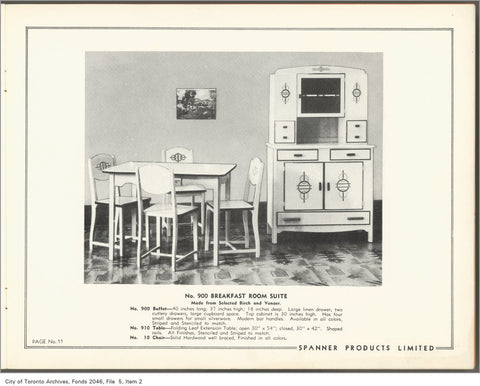
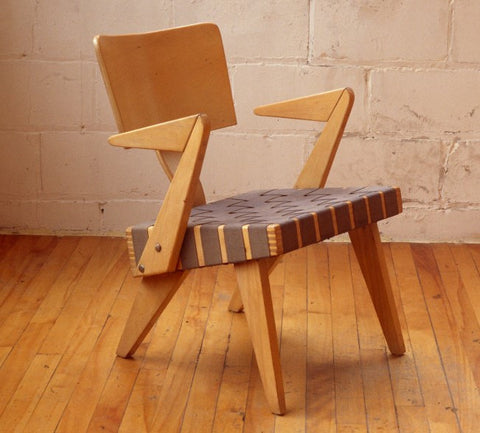

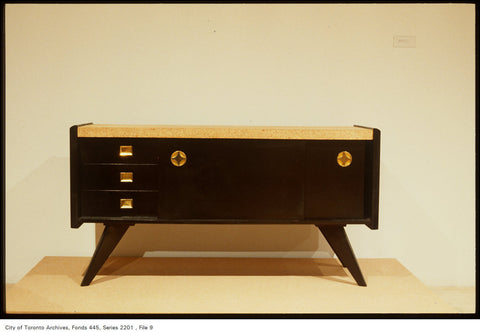
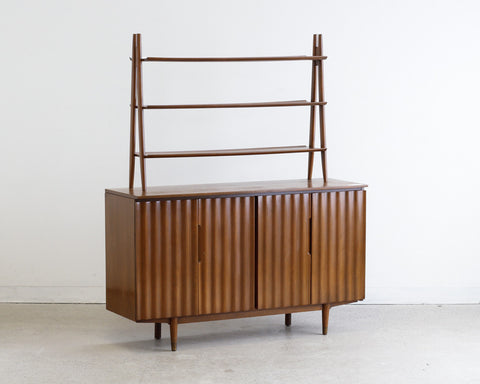
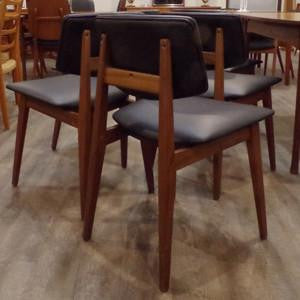
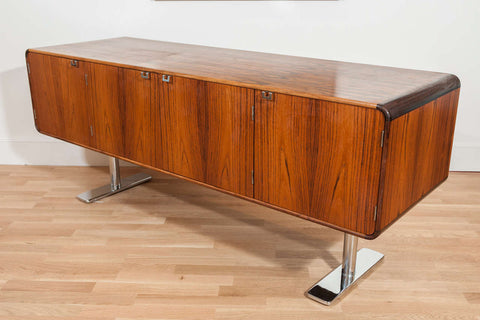
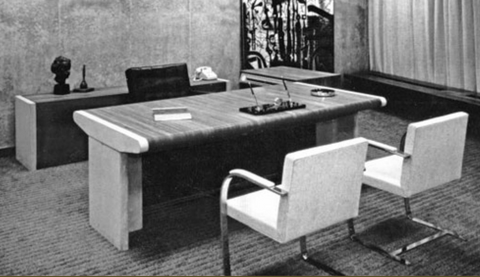
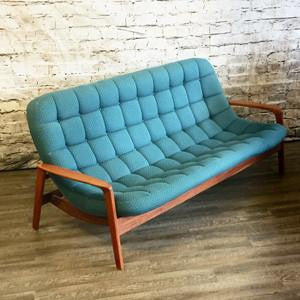
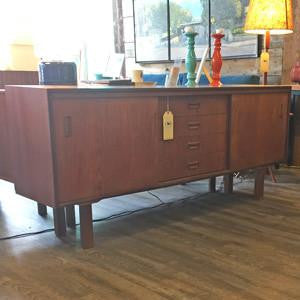
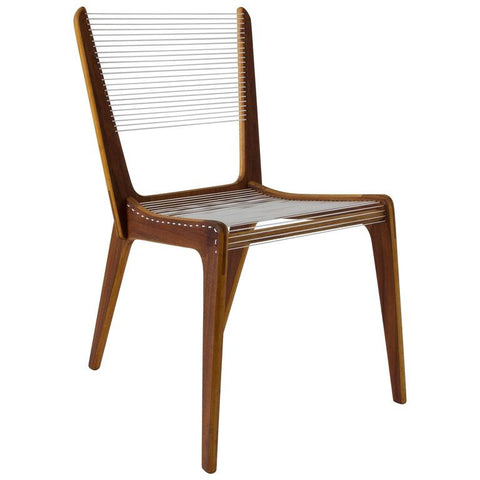
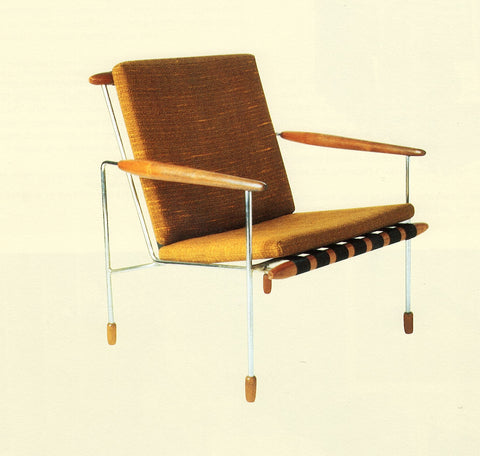
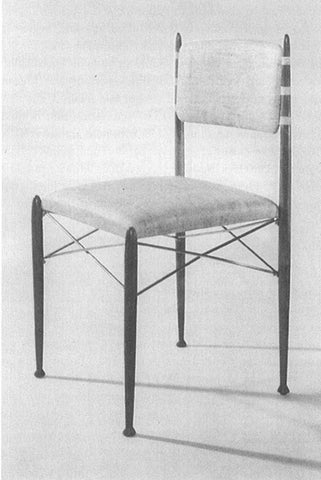
I’m trying to find any information about Richard Nielsen who had a small cabinet shop in Toronto. Any ideas?
What a great series that you have put together on the Canadian Edition of mid century designers! We found it to be VERY informative and we all learned something new from it. Excellent job putting this 3 part series together!
Cheers
Timeless Objekt
www.timelessobjekt.com
Leave a comment